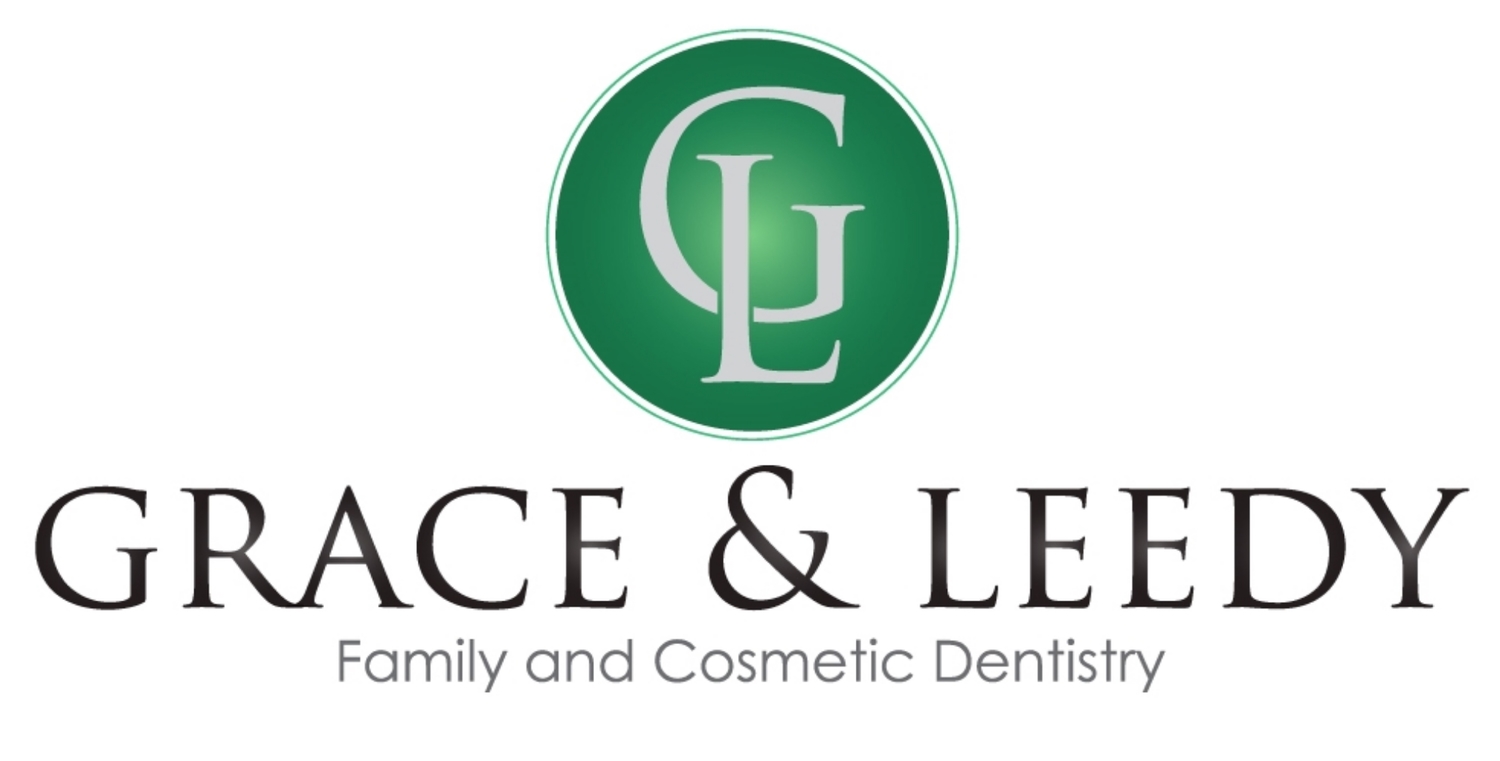
Drinking Wine And Tooth Decay
Many of us are wine connoisseurs, and we enjoy popping the cork on an interesting vintage every now and then. The thing is, drinking wine can be pretty hard on your teeth. In fact many adults aren’t aware of just how fast wine can damage their teeth. While dentists always recommend limiting the intake of staining foods like red wine, you don’t have to give up drinking wine altogether. Let’s take a closer look at how wine can impact dental health and how you can protect yourself from its harmful effects.
Red Wine And Staining
Before we go any further in our discussion of drinking wine and tooth decay, let’s talk about the staining potential of red wine. Yes red wine is at the top of the list of potential staining agents for our teeth, right there with coffee and tea. There are actually three agents in wine that will stain your teeth - the natural dyes of the grapes, acids, and tannins. Unfortunately what you get when you drink red wine is a cocktail of staining compounds. If you regularly use whitening agents to keep your teeth bright, drinking red wine can actually reverse the effects of your whitening treatments. That’s because whitening bleaches open up the pores in your enamel, which is like rolling out the red carpet for wine staining agents. This is why we recommend people limit their red wine intake, especially if they’ve had any recent in-office whitening treatments.
Wine And Acid Erosion
As if there wasn’t enough to worry about with red wine and staining, all wines (including white and rose), also contain acids that can harm your teeth in a matter of minutes. Yes this is the same acid we mentioned above when we were talking about the staining potential of red wine. As soon as you take a sip of wine, your teeth is exposed to these acids. Your saliva can even mix with the wine, which can get stuck to your teeth and give the acid plenty of surface area to work with. These acids can weaken your enamel pretty quickly, as in a matter of minutes. Those with chronic exposure to these acids will find their teeth weaker, more susceptible to sensitivity, and at a higher risk of cavities and decay. Needless to say it pays to be careful with any exposure to the acids in wine. Thankfully there are some precautions you can take before you open that next bottle.
How To Protect Your Teeth
There are a few ways you can help keep your teeth healthy and enjoy your favorite wine at the same time. Make sure to follow these every time you have even just a small glass.
SIP AND RINSE
Now that we’ve established how the acids in wine stick to your teeth, let’s talk about how to keep them from sticking around too long. The biggest way you can protect yourself from the negative effects of wine is to rinse off the acids as soon as possible. The easiest way to do this is with water. Essentially you should never order that glass of wine (or open a bottle at home) without a glass of water to accompany it. Think of it as a “sip, rinse and repeat” process. After you take a sip of wine, if you can rinse your teeth with water, it helps remove some of those harmful acids before they can do damage. Some people recommend sparkling water over regular water, but really as long as you’re rinsing regularly, you’re helping to protect your teeth from the acid in wine.
ADD IN DAIRY
In case you didn’t know, dairy is a valuable countermeasure to the acids in drinks like wine. Anytime you can add dairy to a meal or drink that contains harmful acids for your teeth, you help fight tooth decay. Of course you’re probably not going to want a tall glass of milk with your Pinot Noir, but cheese is a great alternative. After all, wine and cheese are often pair together, and this is one reason why. Even with dairy as part of your meal, don’t forget to keep rinsing with water as the dairy itself can only do so much.
CHOOSE A SALAD WITH YOUR WINE
Dairy isn’t the only substance that can help with wine acids, fibrous vegetables also have a positive benefit for wine drinkers. This is because the act of chewing them cleans your teeth in a way. As you break up the fibers when you chew, they “brush” your teeth and remove the harmful acids. So if you want to start your meal with a glass of wine and a salad, you’ll be doing your teeth and your body a favor!
BRUSH BEFORE, NOT AFTER
With all this talk about harmful acids sticking to your teeth, you may be inclined to rush to the bathroom after a glass of wine and brush everything off. However, stop right there. This is a classic mistake that many wine drinkers make. Brushing right after you consume something high in harmful acids can actually make the situation worse, not better. This is because you actually press the acids deeper into hard to reach areas as you brush. Think about putting harmful acids in those vulnerable areas between your teeth - not good. Instead you should brush 30 minutes before you plan to drink wine, or at least wait 30 minutes to an hour before you brush afterward. Rinsing with water, as well as consuming dairy and fibrous vegetables in the meantime, will help reduce the acid on your teeth until it is safe to brush again.
Final Thoughts - Drinking Wine And Tooth Decay
Well hopefully we haven’t completely scared you away from wine, but as we said, most dentists recommend restricting the amount of red wine you consume for the sake of oral health. This said, if you do open that bottle of wine, now you know how to keep your teeth as healthy as possible while still enjoying a glass. To talk more about your dietary choices and how they impact oral health, or to get a consult on staining from bad habits in the past, contact Grace & Leedy Family Dentistry to learn more today.
Location
10881 West Asbury Ave Suite 210, Lakewood, CO 80227
Phone: (303) 989-0452
Office Hours
MON8:30 am - 1:30 pm
TUE7:00 am - 3:30 pm
WED - THU8:00 am - 5:00 pm
FRI7:00 am - 3:30 pm
SAT - SUNClosed









comments